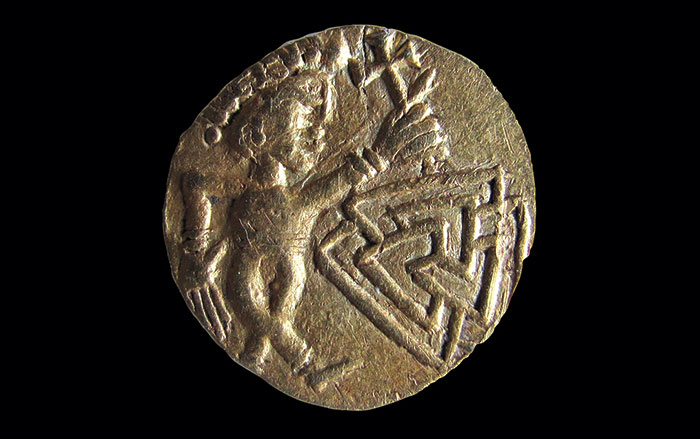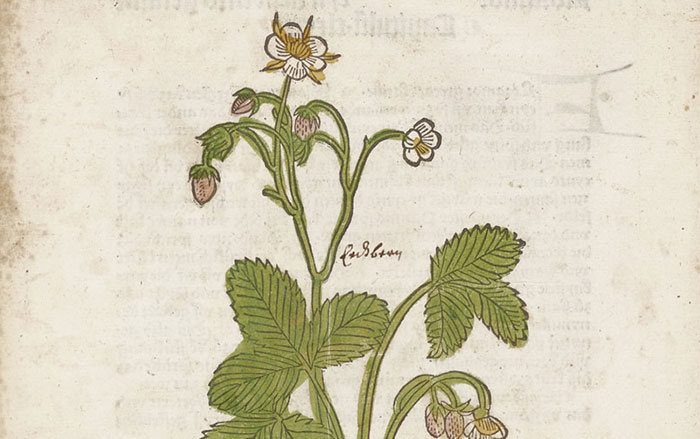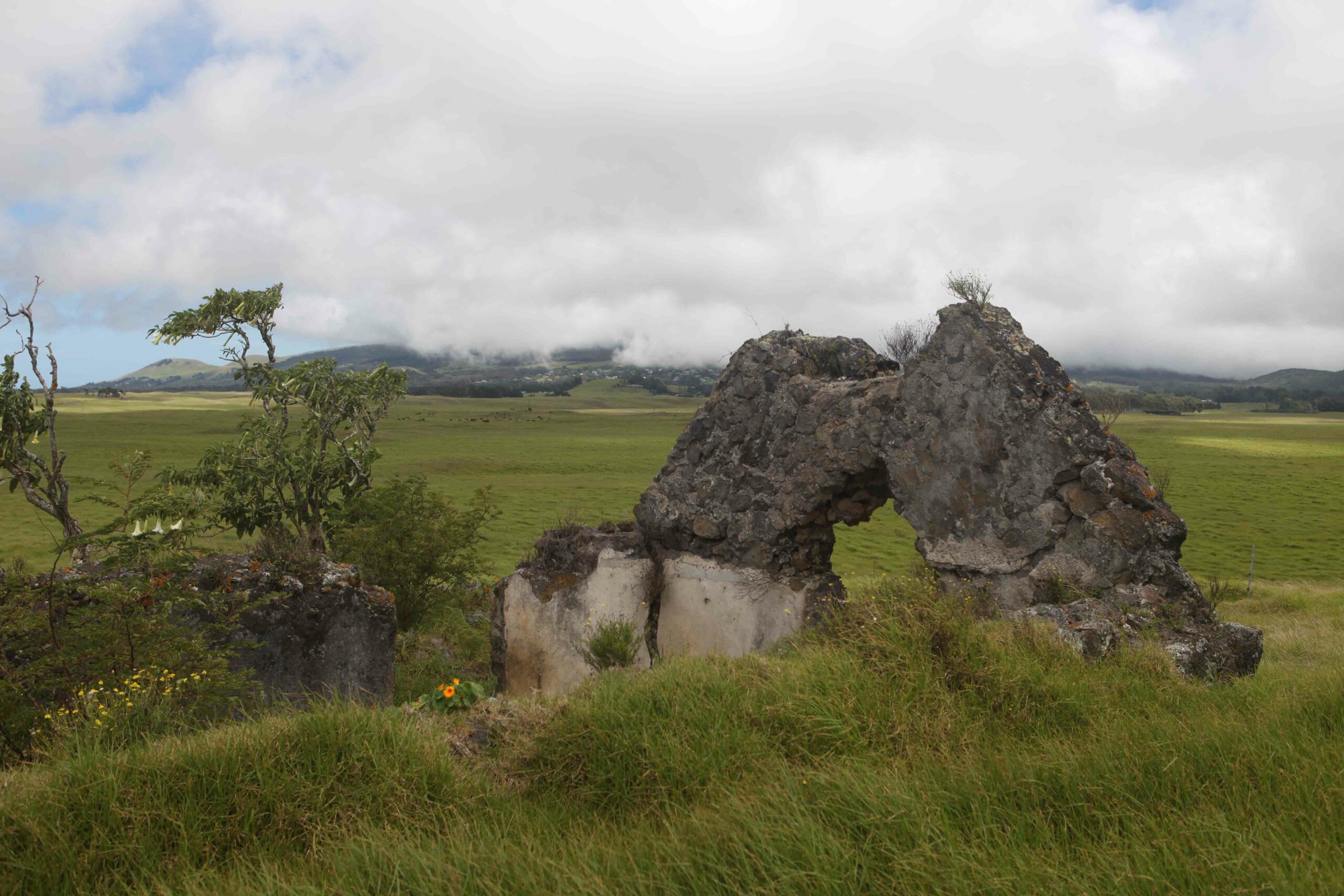
CANTERBURY, ENGLAND—A team from the University of Kent, led by biological anthropologist Patrick Mahoney, used 3-D microscopic imaging to examine the teeth of children between the ages of one and eight years who lived near Canterbury Cathedral during the medieval period. Dental micro-wear texture analysis allowed the researchers to measure microscopic changes in the surface topography of the teeth without damaging them, and offered clues to how hard the food was that the children had been eating. The team found that weaning had begun for the youngest children, and that their diets became tougher at the age of four. By the age of six, the children were eating even harder foods. It had been thought that wealthier children had different diets than poorer children, but the variation in micro-wear texture surfaces suggests that diet did not vary with socio-economic status. For more on what can be learned from teeth, go to "Tracing Slave Origins."











